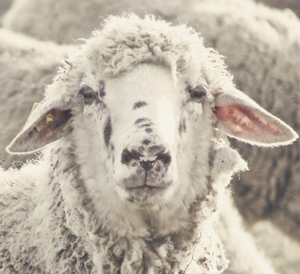Smithfield, centre of the universe
How a single market shaped an entire city
This weekend I learned something new about Smithfield Market, that Victorian beauty situated between the Old Bailey and Farringdon Tube station. It's always been one of my London favourites, and not just because you can get a drink there at five in the morning (its pubs are allowed to open at that time because the market workers have been up all night). There are the traditional red phone boxes in its central section (including some K2s, the early versions made especially tall so that men in top hats could use them). And, of course, there are the first-rate fry-ups to be had in the neighbouring cafes. But above all, I love the way the market - which has taken place there for over 800 years - is linked to just about every part of London, and has left its stamp on the entire city.

The naming fun starts with Smithfield itself - the market got the title because it was held on a ‘smooth field'. But the monikers derived from the place spread far and wide. Everything from nearby Cowcross Street - it was where said animals traversed the Fleet river - to Holloway Road up in the north of the city, so-called because the beasts walking to Smithfield would hollow it out. Then there's Rotherhithe, which literally means ‘the place where cattle are shipped' - those from Kent would be brought there by boat on the Thames, completing the rest of the journey on foot. And of course Shepherd's Bush, the last overnight resting place for sheep coming from the west.
Until listening to the ever-excellent Simon Hughes on Test Match Special, though, I'd never known about Smithfield's connection with another of my favourite London places, Lord's cricket ground. Speaking in the lunch break as Stuart Broad and James Anderson took a not-very-necessary rest from demolishing the Kiwis, Hughes spoke about the home of cricket as it was in the 19th century. No beautiful green swathes then - the ground was in a terrible state. This was due largely to the fact that scythes weren't allowed. Today's head groundsman (the legendary Mick Hunt - honestly, some parents just shouldn't be allowed to name their children) had not one but 400 equivalents back then: the flock of sheep that kept the grass short by eating it. On match days they were kept penned up in the north-east corner of the ground (ie where the Compton stand is now). On Saturdays they were driven on to the ground on their way to the Monday market at Smithfield.
And to think that Henry Blofeld gets excited about pigeons on the pitch ...
 Books
Books Walks
Walks Quizzes
Quizzes Blog
Blog Magic
Magic
